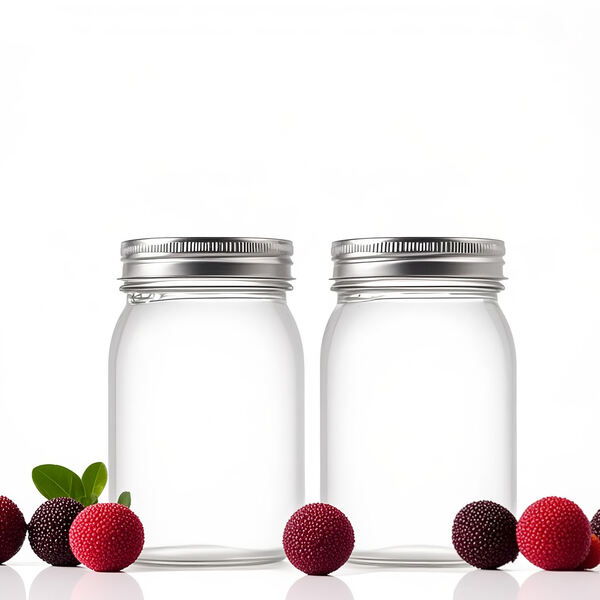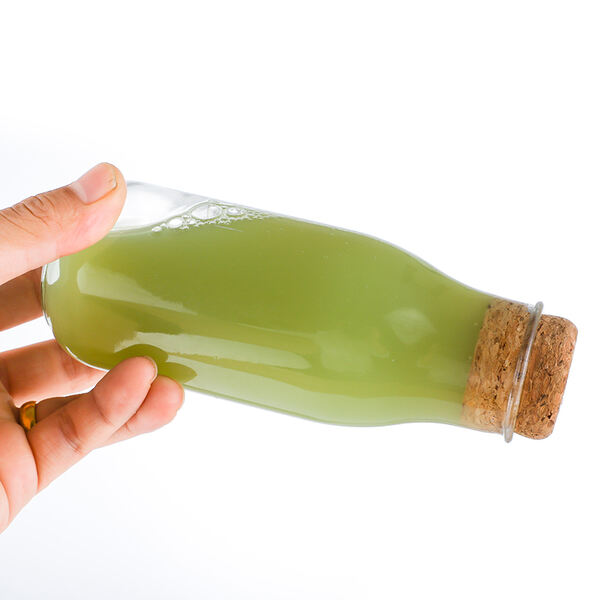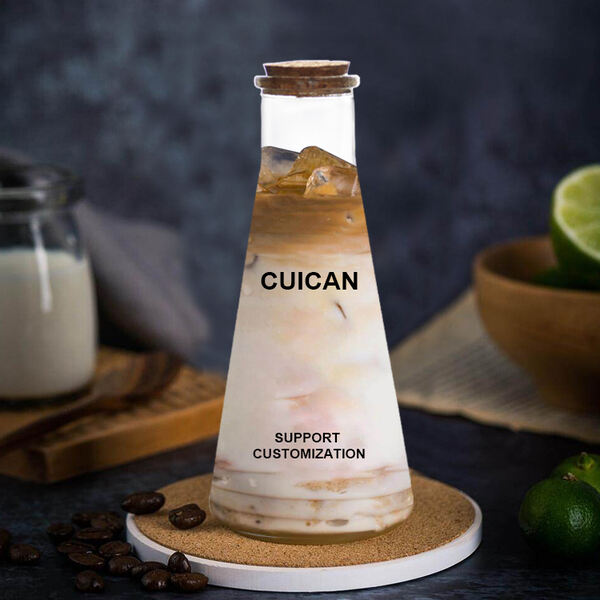Understanding the Environmental Footprint of Beverage Containers
The debate between glass and plastic beverage bottles has intensified as environmental consciousness grows worldwide. Both materials present distinct advantages and challenges when it comes to their beverage bottles environmental impact throughout their lifecycle - from production to disposal. This comprehensive analysis delves into the complexities of both options to help consumers and manufacturers make informed decisions about their packaging choices.
The environmental consequences of our packaging choices extend far beyond the simple act of recycling. As we examine these two popular container materials, we'll explore their production processes, energy requirements, transportation implications, and end-of-life scenarios to paint a complete picture of their environmental footprint.
The Life Cycle of Glass Bottles
Manufacturing Process and Resource Requirements
Glass bottle production begins with raw materials including sand, soda ash, and limestone. The manufacturing process requires extremely high temperatures, typically around 1,500°C, resulting in significant energy consumption. While the basic materials are abundant and natural, the beverage bottles environmental impact during production is considerable due to the intense heat required for melting and forming.
The energy-intensive nature of glass production contributes substantially to its carbon footprint. However, manufacturers have begun implementing more efficient furnaces and increasing the use of renewable energy sources to minimize these effects. Modern glass production facilities often incorporate heat recovery systems and advanced emission controls to reduce their environmental impact.
Durability and Reuse Potential
One of glass's greatest environmental advantages lies in its durability and reusability. Glass bottles can be washed and refilled numerous times without degradation in quality or safety. In regions with well-established bottle return systems, a single glass bottle might be reused 30-40 times before recycling, significantly reducing the beverage bottles environmental impact per use.
The durability of glass also means these containers can last indefinitely without leaching chemicals or degrading in quality. This characteristic makes them particularly valuable for beverage producers who prioritize product quality and environmental responsibility in their packaging choices.

Plastic Bottles: Convenience vs. Environmental Cost
Production and Energy Efficiency
Plastic bottle manufacturing requires less energy than glass production, with lower operating temperatures and faster production speeds. The primary material, polyethylene terephthalate (PET), is derived from fossil fuels, linking the beverage bottles environmental impact directly to non-renewable resource consumption.
Modern plastic bottle production has become increasingly efficient, with manufacturers reducing material usage through improved design and lightweight innovations. However, the fundamental reliance on petroleum-based materials remains a significant environmental concern.
Recycling Challenges and Opportunities
While plastic bottles are technically recyclable, global recycling rates remain surprisingly low. Many bottles end up in landfills or natural environments, where they can take hundreds of years to decompose. The beverage bottles environmental impact extends beyond disposal, as plastic breaks down into microplastics that contaminate water systems and affect wildlife.
Recent technological advances in recycling processes and the development of bottle-to-bottle recycling systems offer hope for improvement. These innovations allow for more efficient processing of used plastic bottles into new containers, potentially reducing the environmental impact of plastic packaging.
Transportation and Distribution Considerations
Weight and Fuel Efficiency
The weight difference between glass and plastic bottles significantly affects their transportation-related environmental impact. Glass bottles typically weigh 8-10 times more than their plastic counterparts, resulting in higher fuel consumption during distribution. This increased weight contributes to greater carbon emissions throughout the supply chain.
The beverage bottles environmental impact during transportation has led many manufacturers to optimize their distribution networks and explore alternative delivery methods. Some companies have adopted regional bottling facilities to reduce transportation distances, while others investigate rail and water transportation options to minimize their carbon footprint.
Breakage and Waste Prevention
Glass bottles' susceptibility to breakage during transport and handling can lead to product loss and additional environmental impacts. Special packaging requirements and handling procedures add to the overall resource consumption. Plastic bottles, being more resilient to impact, typically result in less waste during distribution.
However, the durability of plastic creates its own environmental challenges, as intact bottles are more likely to persist in the environment when improperly disposed of. This creates a complex balance between preventing immediate waste and managing long-term environmental consequences.

Economic and Social Implications
Consumer Behavior and Market Trends
Consumer preferences and purchasing habits play a crucial role in determining the beverage bottles environmental impact. While many consumers express concern about plastic pollution, convenience often drives purchasing decisions. The lightweight nature and unbreakable quality of plastic bottles continue to influence consumer choice.
Market research indicates growing awareness of environmental issues is gradually shifting consumer behavior. More people are seeking sustainable packaging options and supporting brands that demonstrate environmental responsibility in their packaging choices.
Industry Adaptation and Innovation
The beverage industry continues to evolve in response to environmental concerns. Companies are investing in research and development of alternative materials and improved recycling technologies. Some manufacturers are exploring hybrid solutions that combine the benefits of both materials while minimizing their respective environmental drawbacks.
Innovation in packaging design and materials science offers promising solutions for reducing the beverage bottles environmental impact. Bio-based plastics, improved recycling processes, and novel reuse systems represent potential pathways toward more sustainable packaging solutions.
Frequently Asked Questions
How many times can a glass bottle be reused before recycling?
A well-maintained glass bottle can be reused 30-40 times before requiring recycling. This significant reuse potential helps offset the higher energy costs associated with initial production, making glass bottles potentially more environmentally friendly in systems with efficient return and reuse programs.
What happens to plastic bottles that aren't recycled?
Unrecycled plastic bottles typically end up in landfills, oceans, or other natural environments. They can take 450-1000 years to decompose completely, during which time they break down into microplastics that can contaminate water systems and enter the food chain.
Are there any emerging alternatives to both glass and plastic bottles?
Several innovative alternatives are being developed, including biodegradable materials made from plant-based sources, aluminum containers with high recycling rates, and new composite materials that combine durability with environmental sustainability. These alternatives aim to address the limitations of both traditional glass and plastic packaging.

